Table of Contents
- Exploring the Evolution of Modern Poetry Trends
- Techniques and Styles Shaping Contemporary Voices
- Impact of Digital Platforms on Poetry Accessibility
- Strategies for Engaging with Diverse Poetic Communities
- Embracing Cultural Narratives in Poetry Today
- Q&A
- To Conclude
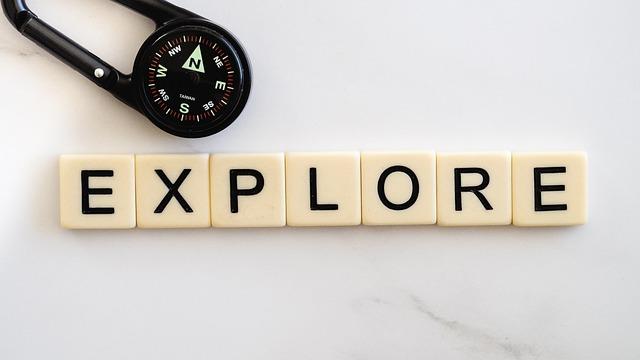

Exploring the Evolution of Modern Poetry Trends
The landscape of modern poetry has undergone a remarkable transformation over recent years, reflecting broader societal changes and embracing a diversity of voices. Social media platforms have played a pivotal role in this evolution, providing poets with unprecedented access to global audiences. Many contemporary poets now utilize platforms such as Instagram and Twitter not only to share their work but also to engage with readers in real-time. This accessibility helps to break down traditional barriers, allowing poetry to flourish in spaces previously dominated by other art forms.
Another significant trend is the rise of spoken word poetry, which has captivated audiences both online and at live events. This dynamic form of poetry emphasizes performance, blending elements of music, theater, and literature. Poets such as Amanda Gorman and Sarah Kay have showcased how spoken word can address pressing social issues, making poetry a powerful medium for activism. The emotive quality of spoken word makes it relatable, drawing in listeners who may not typically engage with written poetry.
Furthermore, the incorporation of multimedia elements is reshaping how poetry is experienced. From video installations to collaborative projects with visual artists, the integration of different artistic expressions is creating immersive experiences. This trend encourages poets to think outside traditional formats, often resulting in compelling combinations of text, sound, and imagery. The evolution of modern poetry reflects an ongoing dialogue between form and content, inviting both poets and audiences to explore new dimensions of creative expression.
Techniques and Styles Shaping Contemporary Voices
The landscape of modern poetry is vibrant and ever-evolving, as poets experiment with an array of techniques that push boundaries and explore new forms of expression. One prominent trend is the fusion of traditional structures with modern themes, reflecting contemporary issues such as identity, mental health, and social justice. Poets often embrace free verse, allowing for a more organic flow of thoughts and emotions. This departure from rigid forms lets writers shape their narratives in ways that resonate deeply with today’s audiences.
Moreover, the use of technology has revolutionized how poetry is created and consumed. With platforms like social media, poets now have the ability to reach a global audience instantly, sharing snippets of their work through visually compelling formats. This shift is complemented by the rise of multimedia poetry, where sound, video, and visual elements enhance the reading experience. Such techniques not only broaden the scope of poetic expression but also engage a more diverse demographic of readers.
Collaborative approaches are also gaining traction in contemporary poetry circles. Poets are coming together to blend their unique voices, creating dialogic works that reflect multiple perspectives. This can take the form of anthologies, online workshops, or even performance poetry that combines spoken word with other artistic mediums. These collaborations encourage intersectionality and inspire a sense of community among poets while providing fresh insights into shared themes.
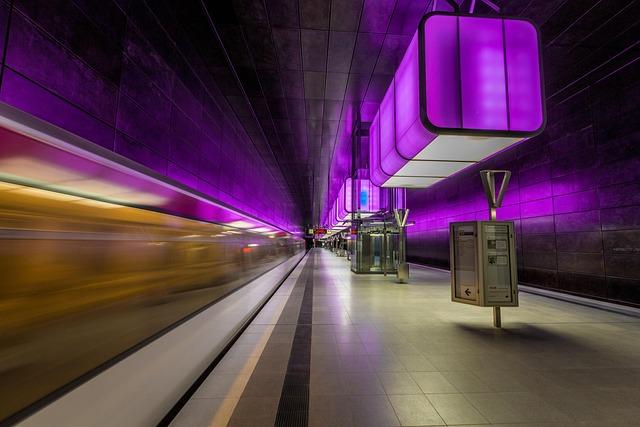

Impact of Digital Platforms on Poetry Accessibility
The emergence of digital platforms has radically transformed how poetry is both shared and consumed. No longer confined to the pages of books or print journals, poetry now flourishes in a myriad of online spaces. Accessibility has improved exponentially, allowing poets and readers from diverse backgrounds to connect like never before. Today, one can find a treasure trove of works on platforms such as social media, personal blogs, and dedicated poetry sites. This increased exposure not only democratizes access to poetry but also encourages spontaneous creativity among aspiring artists.
Social media networks, particularly Instagram and TikTok, have become vital spaces for poets to showcase their craft. These platforms serve as modern canvases where visual aesthetics and words merge to create engaging poetry experiences. The phenomenon of ‘Instapoetry’ illustrates this blend, with poets using visually appealing layouts and concise verses to attract attention. In this digital realm, the traditional barriers of publishing have dissolved, allowing anyone with a voice to share their art widely:
- Instant feedback: Readers can react, comment, and share immediately.
- Diverse audiences: Poetry reaches niche communities across the globe.
- Cross-disciplinary collaborations: Poets often work with artists, musicians, and filmmakers.
Furthermore, digital platforms facilitate the discovery of poetry in multiple formats, catering to a broader audience. Whether through podcasts that highlight spoken word performances or interactive apps that allow users to explore poems in new ways, accessibility has grown stronger. Consider the following aspects that illustrate this evolution:
| Format | Example | Accessibility Benefit |
|---|---|---|
| Social Media | Instagram Stories | Immediate audience interaction |
| Audio | Poetry Podcasts | Engaging auditory experience |
| Video | TikTok Performances | Visual storytelling and virality |
These innovations not only encourage existing poets to experiment with new forms of expression but also invite participation from those who may not have engaged with poetry in its traditional form. As digital platforms continue to evolve, their influence on poetry accessibility remains profound, offering new pathways for artistic exploration and audience connection.
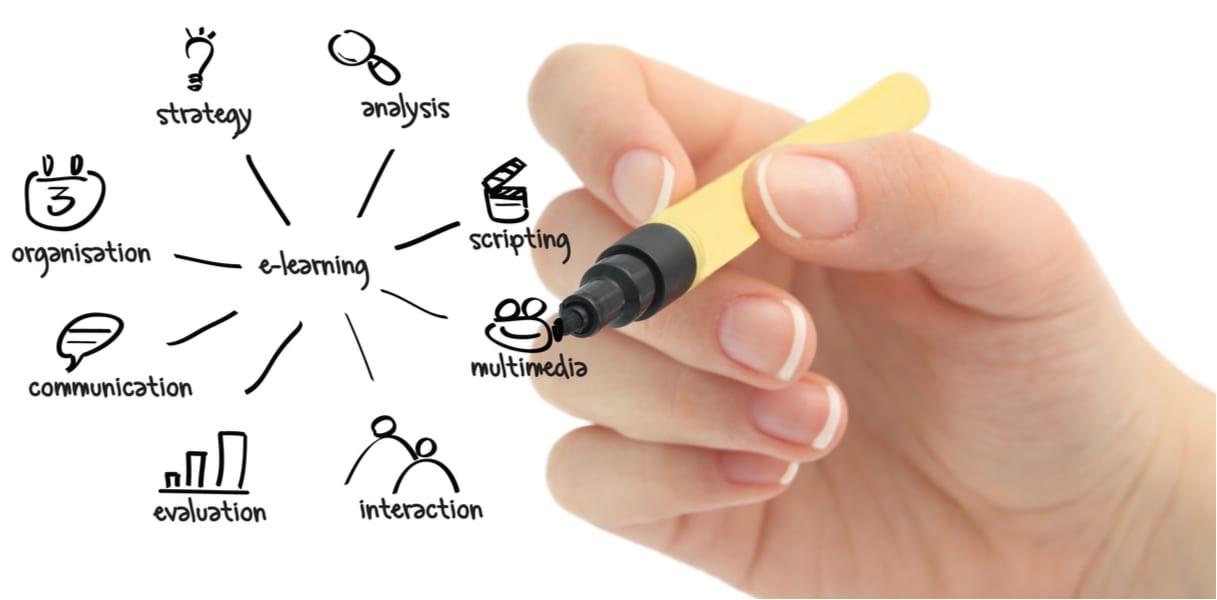

Strategies for Engaging with Diverse Poetic Communities
Engaging with diverse poetic communities requires a multifaceted approach that embraces inclusivity and cultural sensitivity. One effective method is to organize collaborative events that highlight a variety of poetic forms, styles, and voices. These can range from open mic nights to poetry slams, allowing poets from different backgrounds to share their work. By creating a welcoming atmosphere, organizers can encourage participation from underrepresented groups, fostering a sense of belonging and connection. Additionally, consider inviting guest poets who represent diverse traditions to lead workshops or readings, enriching the community with fresh perspectives.
Utilizing digital platforms enhances reach and engagement with a broader audience. Creating dedicated social media groups or forums can provide poets with a space to share their work, discuss themes, and offer feedback, irrespective of geographical boundaries. Furthermore, leveraging hashtag campaigns can help highlight specific themes or issues, encouraging a wider discourse. By showcasing a range of voices and styles online, communities can cultivate an environment that promotes understanding and appreciation for diverse poetic expressions.
Lastly, designing educational initiatives that focus on the history and impact of various poetic traditions can deepen engagement. Consider offering workshops that explore ethnic, cultural, and historical contexts of poetry, inviting participants to experience the richness of diversity firsthand. This could be articulated through a simple HTML table highlighting different poetic traditions alongside their defining characteristics:
| Poetic Tradition | Key Characteristics | Notable Poets |
|---|---|---|
| Haiku | Nature-focused, 3 lines, 17 syllables | Matsuo Bashō, Yosa Buson |
| Sonnet | 14 lines, iambic pentameter, themes of love | William Shakespeare, John Milton |
| Spoken Word | Performance-based, emotive, social issues | Sarah Kay, Andrea Gibson |
Through these strategies, poetic communities can not only celebrate their diversity but also encourage growth and connection among members, ultimately enriching the landscape of poetry itself.
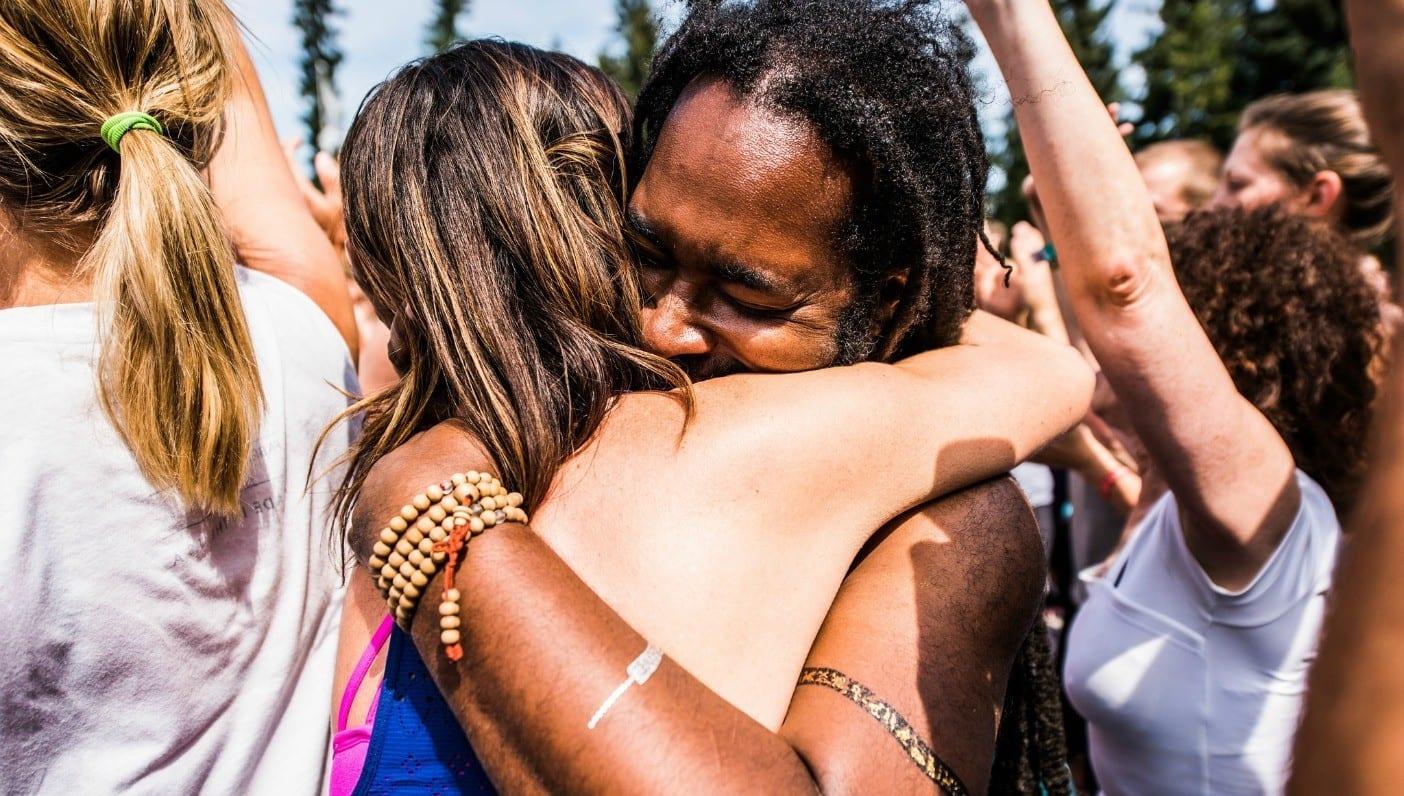

Embracing Cultural Narratives in Poetry Today
In today’s vibrant poetry scene, cultural narratives are taking center stage, enriching the art form with diverse perspectives that resonate deeply with audiences around the world. Poets are increasingly drawing from their own cultural backgrounds, celebrating their unique heritages while creating an inclusive space that invites readers from all walks of life to engage with their work. This blend of personal and cultural storytelling not only deepens the emotional impact of the poems but also fosters a sense of community and shared experience among writers and readers alike.
The integration of cultural themes in poetry can manifest in various ways, including:
- Folklore and Mythology: Many poets are weaving traditional stories and legends into their verses, reviving lost tales while making them relevant for modern audiences.
- Language and Dialects: The use of regional languages or dialects adds an authentic flavor to poems, showcasing the richness of linguistic diversity.
- Historical Contexts: Poets often draw on historical events from their cultures, using them as a backdrop for personal reflections and universal truths.
Moreover, the rise of digital platforms has revolutionized the way cultural narratives are shared and celebrated. Online poetry communities provide an avenue for poets to showcase their work globally, breaking down geographical barriers and allowing for a confluence of different cultural expressions. This synthesis of influences not only enhances the aesthetic of contemporary poetry but also sparks crucial conversations about identity, tradition, and belonging. Writers are encouraged to embrace this dynamic landscape, as it allows them to explore narratives that resonate both personally and globally.


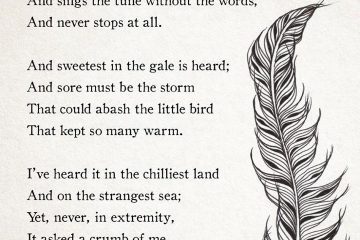
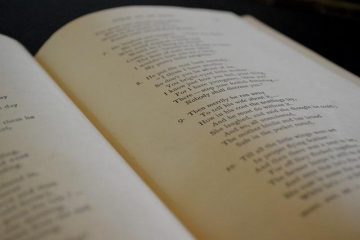
0 Comments